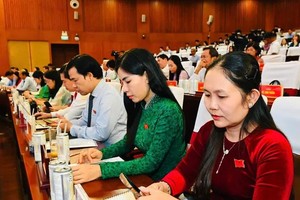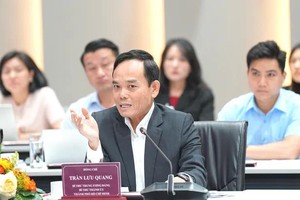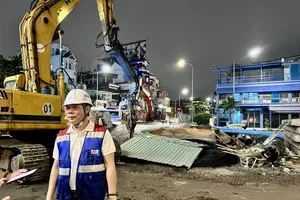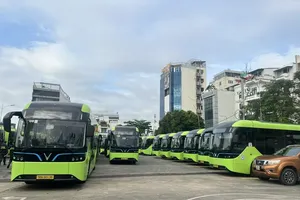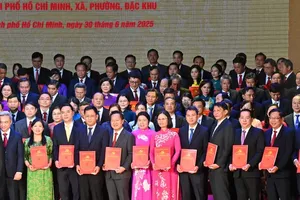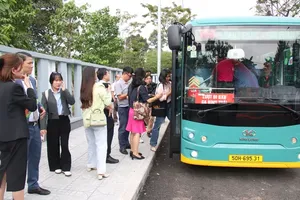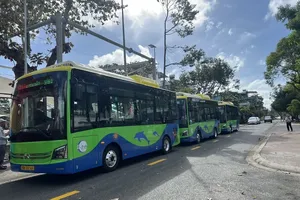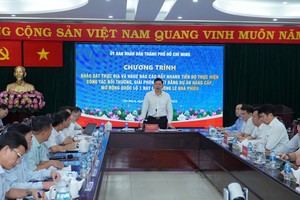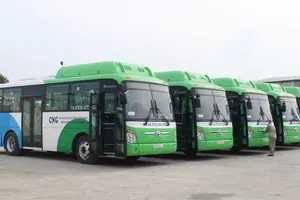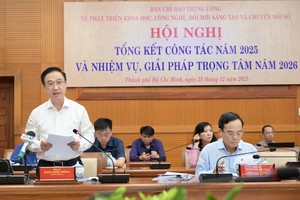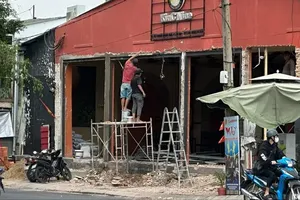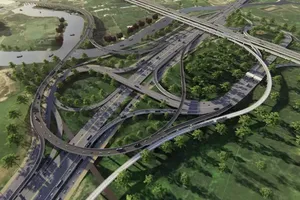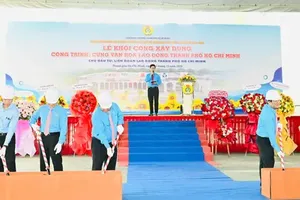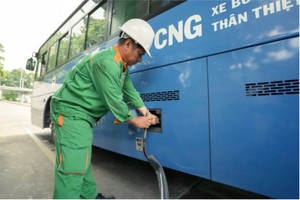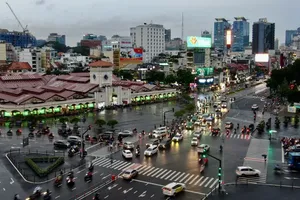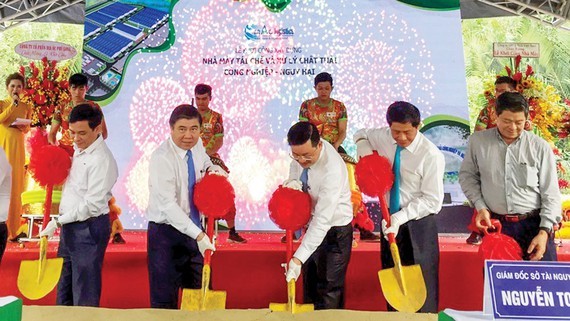
Chairman of the Ho Chi Minh City People's Committee Nguyen Thanh Phong attended in the ground-breaking ceremony.
According to the Board of Directors of Moc An Chau Logistics Joint Stock Company’s President Pham Duy Tan, the plant was invested by the company with a total investment of VND 1.2 trillion. It will be quipped with waste to energy technology to handle and recycle 70 to 90 percent of plastic waste, electronic waste and scrap metal according to national standards for environmental safety.
In order to reduce the amount of fossil energy used to operate the plant, the company will install solar cells on the roofs of the plant with an annual capacity of over 17 million kWh per year.
In the first phase, the plant is expected to come into operation in September, 2021, with its handling capacity of 200 tons per day which can be raised to about 500 tons per day in the second phase in 2022.
Speaking at the groundbreaking ceremony, Chairman Phong said that the city currently has an average of 2,500 tons of industrial waste and 350 tons of hazardous waste a day.
It is estimated that by 2025, the amount of hazardous waste will increase to 1,000 tons a day and 3,500 tons a day for industrial waste. However, the facility of handling hazardous and industrial wastes in the city is still inadequate.
Currently, the city has 12 treatment facilities with a total capacity of 250 tons per day. Due to outdated treatment technology, only about 50 percent of the waste is treated, the rest must be solidified to be buried or transferred to other provinces for secondary treatment.
According to the Board of Directors of Moc An Chau Logistics Joint Stock Company’s President Pham Duy Tan, the plant was invested by the company with a total investment of VND 1.2 trillion. It will be quipped with waste to energy technology to handle and recycle 70 to 90 percent of plastic waste, electronic waste and scrap metal according to national standards for environmental safety.
In order to reduce the amount of fossil energy used to operate the plant, the company will install solar cells on the roofs of the plant with an annual capacity of over 17 million kWh per year.
In the first phase, the plant is expected to come into operation in September, 2021, with its handling capacity of 200 tons per day which can be raised to about 500 tons per day in the second phase in 2022.
Speaking at the groundbreaking ceremony, Chairman Phong said that the city currently has an average of 2,500 tons of industrial waste and 350 tons of hazardous waste a day.
It is estimated that by 2025, the amount of hazardous waste will increase to 1,000 tons a day and 3,500 tons a day for industrial waste. However, the facility of handling hazardous and industrial wastes in the city is still inadequate.
Currently, the city has 12 treatment facilities with a total capacity of 250 tons per day. Due to outdated treatment technology, only about 50 percent of the waste is treated, the rest must be solidified to be buried or transferred to other provinces for secondary treatment.
Chairman Phong required relevant agencies to create favorable conditions for the project to be completed, put into operation soon and gradually solving the general waste treatment needs, contributing to the goal of 50 percent of the total waste in the city to be treated under waste to energy technology by 2020.
